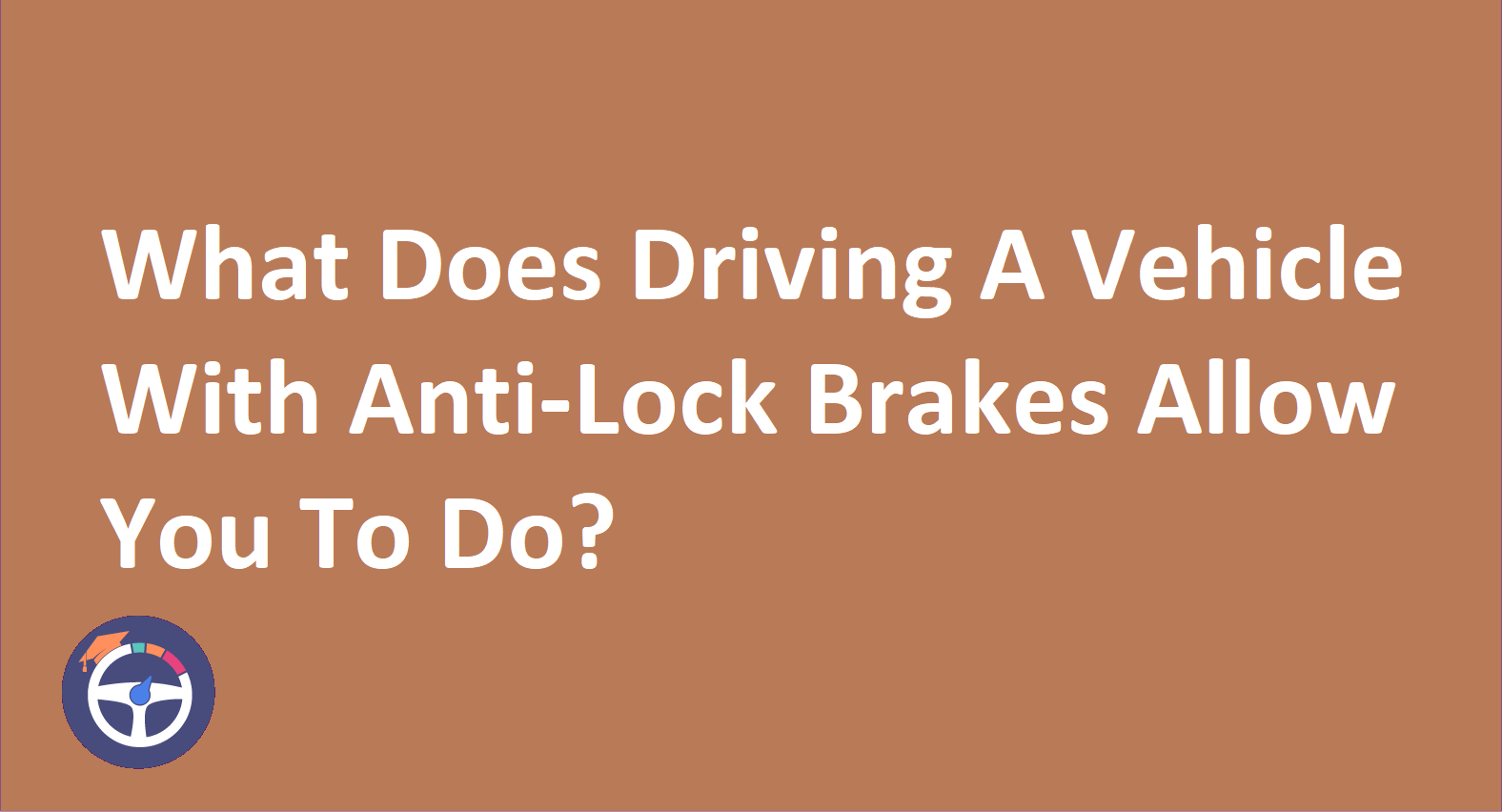Icy road distance | Safe driving habits for icy roads
Avoid traveling in icy or snowy conditions unless your journey is absolutely necessary. If you must drive, exercise extreme caution, as stopping distances can be up to ten times longer than on dry roads.

Contents
- You’re Driving On An Icy Road. What Distance From The Car In Front Should You Drive?
- Time Gap Between Cars On Icy Road
- Applying the Rule in Practice
- Safe Driving Habits for Icy Roads
- That’s A Wrap!
- FAQ
- Why is it necessary to maintain a greater distance on icy roads?
- Does the 10-times rule apply to all vehicles on icy roads?
- How can I calculate the appropriate following distance in different weather conditions?
- Are there visual cues to help gauge the right following distance on icy roads?
- What additional precautions should I take when driving in icy conditions, besides maintaining a safe following distance?
Driving on an icy road demands a unique set of precautions. This is to ensure safety for you and others on the road. One crucial aspect is maintaining an appropriate distance from the vehicle in front. Let's explore why this matters and how to apply this rule during your winter drive.
Time Gap Between Cars On Icy Road
The 10-Times Rule: A Winter Driving Essential
When it comes to icy road conditions, the standard following distance takes on a new dimension. The recommended guideline is to keep a ten times normal distance from the vehicle. This adjustment acknowledges the increased challenges posed by icy surfaces and allows for a safer reaction time.
Why 10 Times?
Reduced Traction: Icy roads significantly diminish traction between your tires and the road. The extended following distance provides a buffer, allowing you more time to react if the vehicle in front makes sudden moves.
Slippery Surfaces: Icy conditions amplify the risk of skidding and sliding. Keeping a greater distance minimizes the chances of colliding with the vehicle ahead in case of unexpected maneuvers.
Limited Visibility: Icy road distance may impair visibility due to snow, sleet, or freezing rain. Maintaining a more considerable following distance enhances your ability to see the road ahead clearly.
Applying the Rule in Practice
- Calculate the Safe Distance: On dry roads keep a two-second gap from the vehicle in front. Aim for a twenty-second gap on icy roads.
- Adapt to Conditions: Adjust your speed according to the road conditions. Slower speeds require more extended following distances to compensate for reduced stopping capabilities.
- Stay Attentive: Constantly assess the road ahead. Anticipate potential hazards, and be prepared to adjust your distance. This will be based on the evolving conditions.
- Consider Visibility Factors: If snow or freezing rain affects visibility, increase your following distance further. This will ensure a clear view and sufficient reaction time.
Safe Driving Habits for Icy Roads
Smooth Acceleration and Deceleration: Avoid sudden movements that could lead to skidding. Gentle acceleration and braking contribute to maintaining control.
Monitor Tire Traction: Keep an eye on your tire traction. If you notice any loss of traction, adjust your speed. Increase your following distance.
Use Winter Tires: Equip your vehicle with winter tires for enhanced grip on icy surfaces. This will improve overall stability.
That’s A Wrap!
By sticking to the 10-times rule and adopting safe driving practices, you contribute to a secure and stress-free winter driving experience. Remember, on icy roads, a little extra distance can make a significant difference in preventing accidents. This will also ensure a smooth journey. Safe travels!
FAQ
1. Why is it necessary to maintain a greater distance on icy roads?
Icy roads reduce traction and increase the risk of skidding, making an extended following distance crucial for reaction time and safety.
2. Does the 10-times rule apply to all vehicles on icy roads?
Yes, the 10-times rule is a general guideline applicable to all vehicles to ensure safe distances and minimize the risk of collisions.
3. How can I calculate the appropriate following distance in different weather conditions?
Multiply your usual following distance on dry roads by ten to determine the recommended distance for icy conditions.
4. Are there visual cues to help gauge the right following distance on icy roads?
Look for road signs, landmarks, or markings to estimate your following distance, ensuring it aligns with the 10-times rule.
5. What additional precautions should I take when driving in icy conditions, besides maintaining a safe following distance?
Adapt your speed to road conditions, use winter tires, practice smooth acceleration and braking, and stay attentive to potential hazards for a comprehensive approach to winter driving safety.


